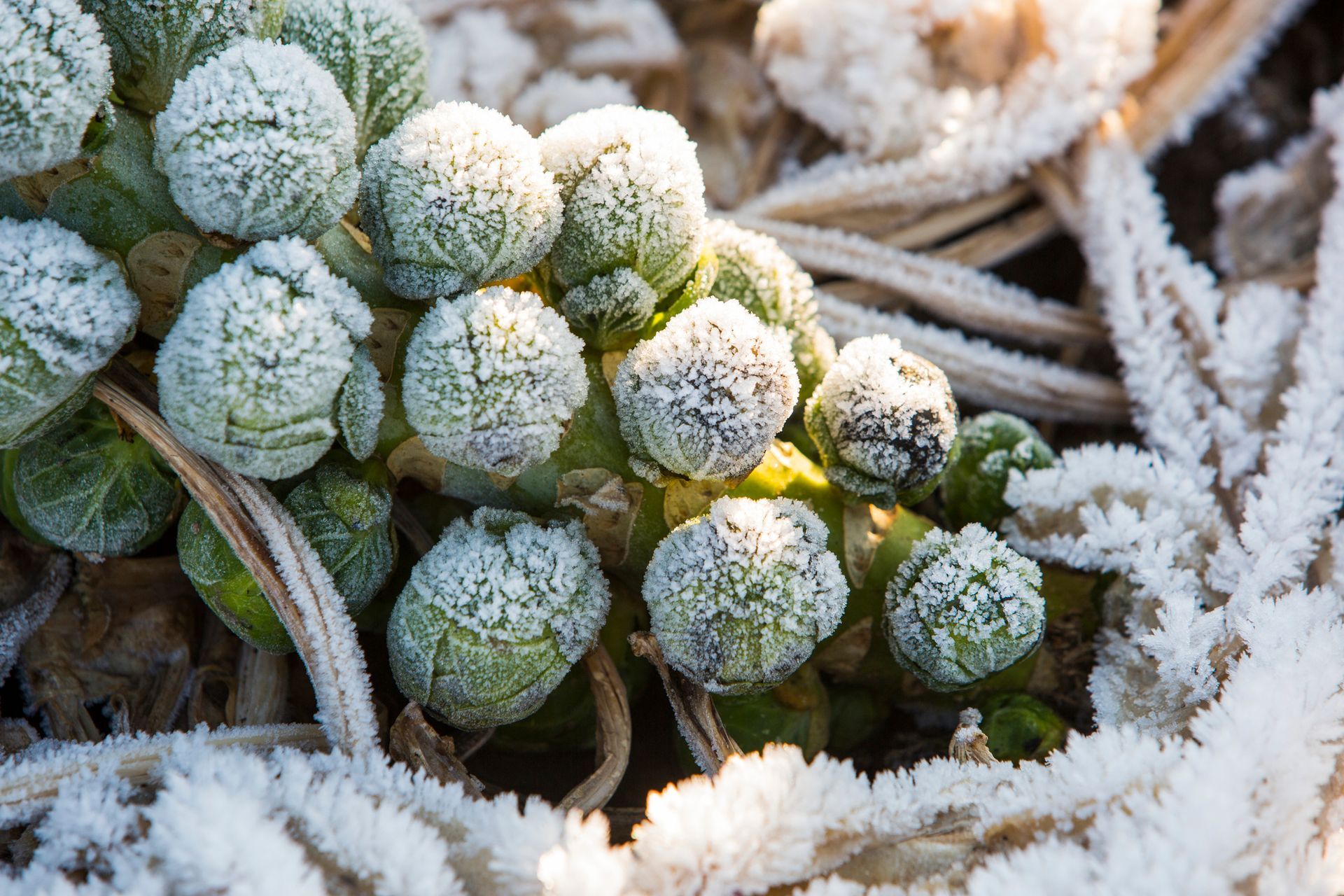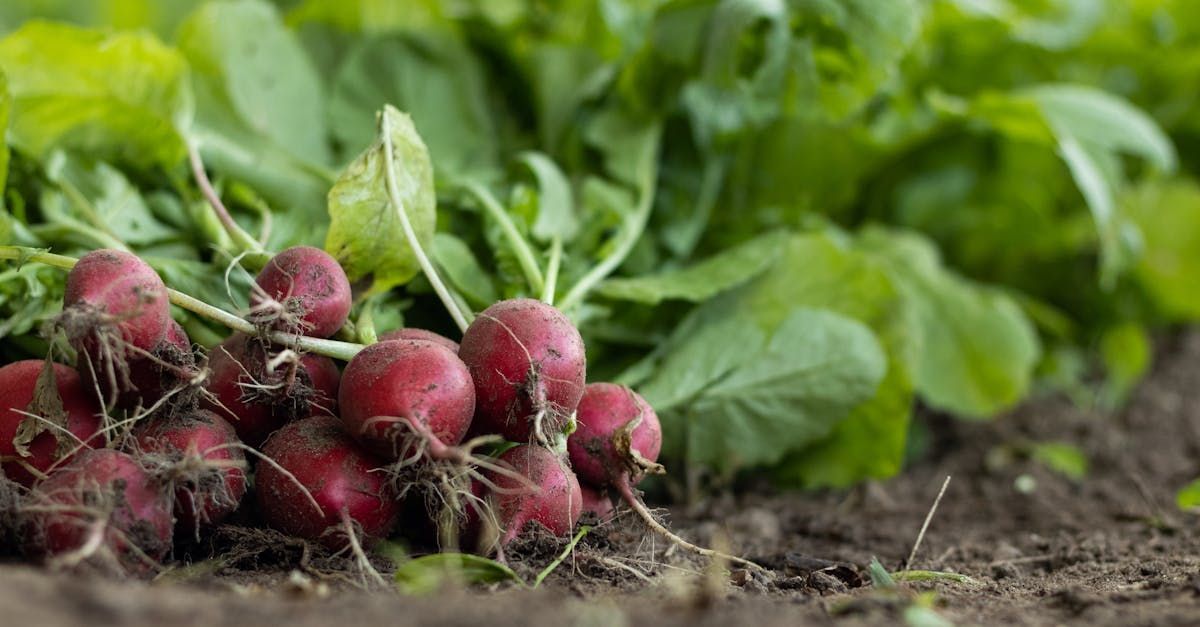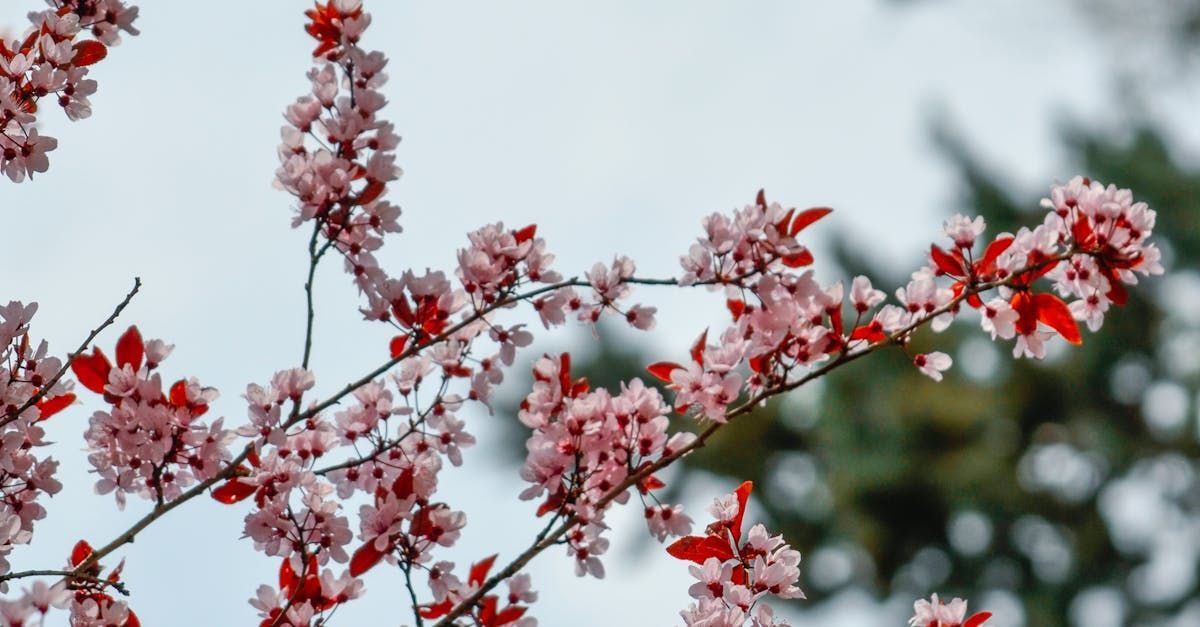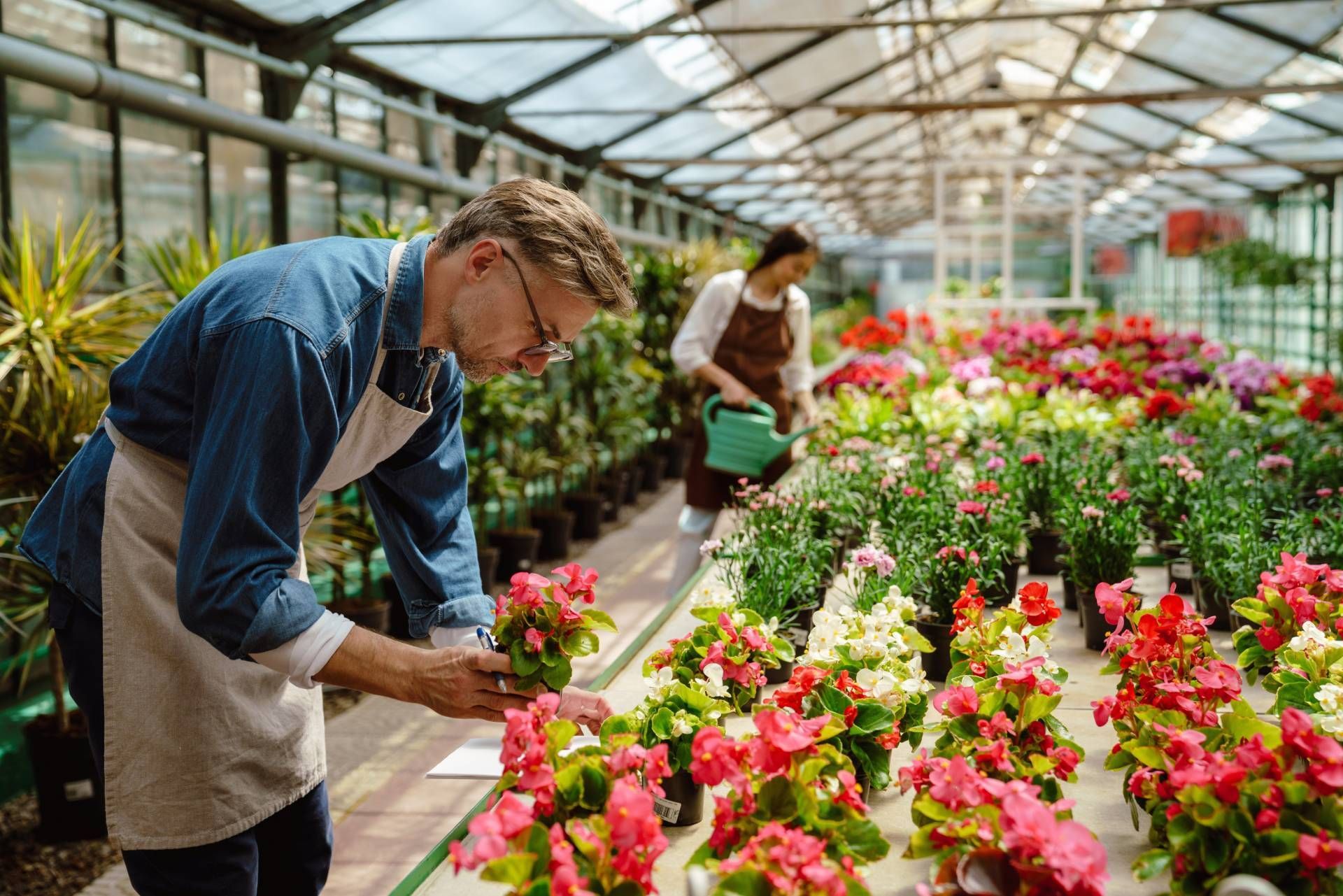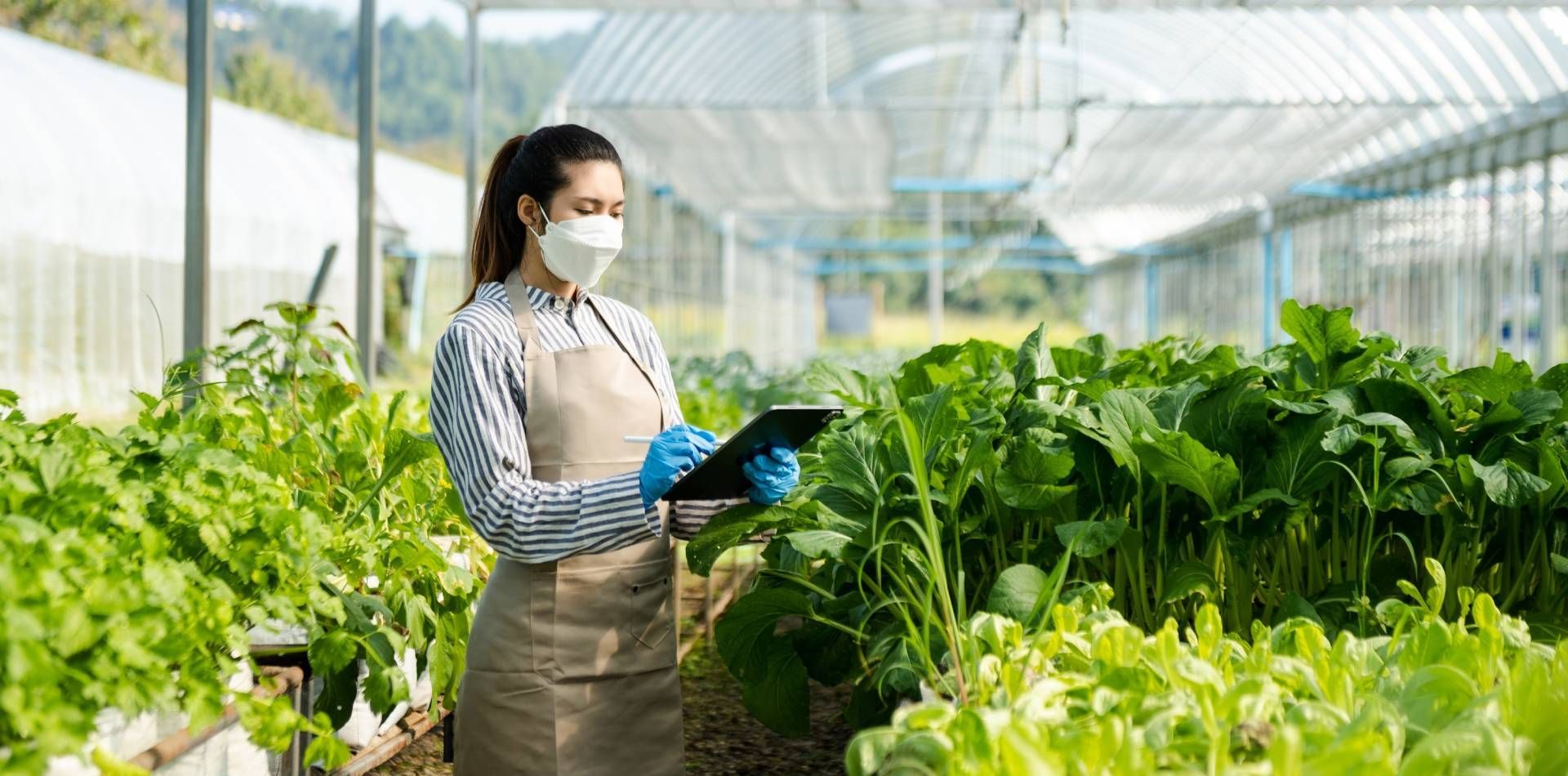What fertigation is
Stefano Di Pietro • 15 febbraio 2021
What fertigation is
Fertigation is the most modern irrigation technique used on farms today, a system that combines several factors to create an efficient, economical and above all eco-sustainable solution.
It consists in the use of particular water-soluble substances which, once transformed into mixtures, are administered to the plants using irrigation systems, micro irrigation and drip irrigation. What seems like a very simple solution is however complex, articulated and requires trained and qualified personnel.
The challenges of the fertigation method
In the practice of fertigation, inaccuracies in the choice of fertilizers or in the preparation and administration of the mixtures are never admitted. The products used are often pure salts or biostimulants prepared by specialized firms that require precise dosage and care. An overdose could have opposite effects or administration without controlling the conditions of the soil (Ph, permeability ...) risks ruining entire crops. Not to mention the technical skills necessary to use the irrigation system correctly.
While fertigation is therefore an environmentally sustainable method, which allows you to save on water and fertilizer costs with the optimization of consumption, it requires the presence of up-to-date and trained staff.
A solution therefore often not accessible for small companies and individuals who grow a vegetable garden or a greenhouse for passion, but so advantageous that larger companies have started investing in training and innovation by aiming at the benefits of this technique.
The water-soluble fertilizers used
The fertilizers most often used in fertigation works are NPK, or nitrogen (N), phosphorus (P) and potassium (K), the three substances most used in crops and those most often required by plants. NPK fertilizers are produced by specific companies that must guarantee the right degree of solubility of three different substances avoiding the risk of the formation of compounds harmful to plants.
A cheaper but still useful solution is to use pure salts: powders prepared in advance, easy to dilute and complete with all the minerals and nutrients useful for crops. This solution also allows you to administer biostimulants in a careful and precise way, to help plants thrive, be strong and resist threats and stress.
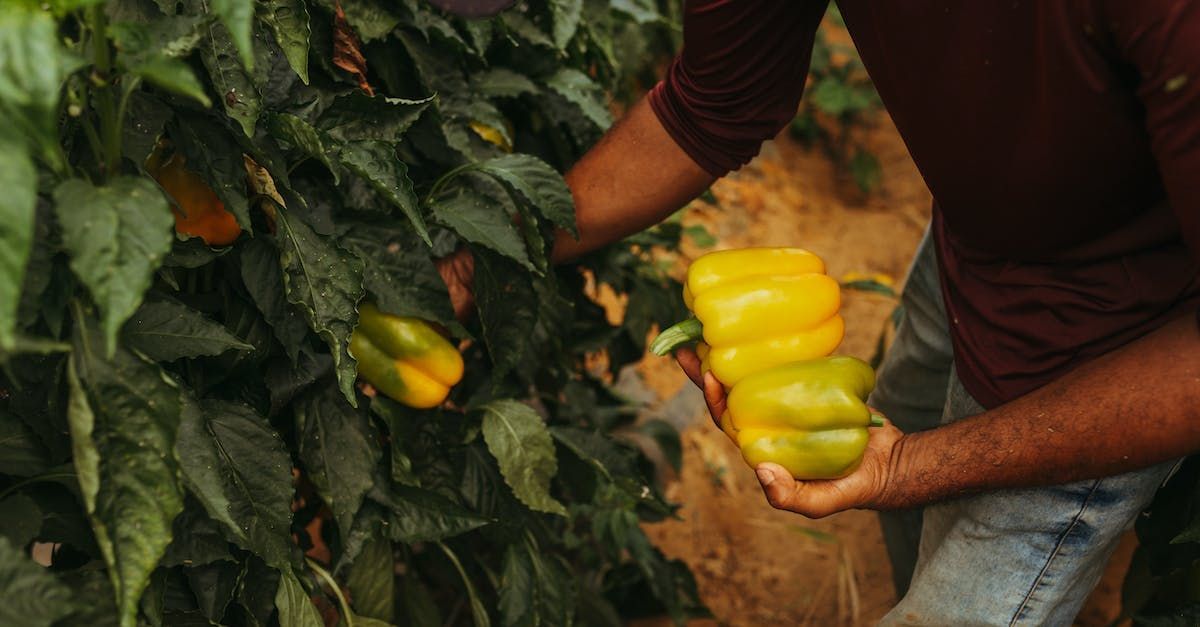
La shelf-life, ovvero il periodo di conservazione dopo la raccolta , è un fattore fondamentale per la qualità e il valore commerciale di frutta, verdura e fiori. Fortunatamente, esistono diverse strategie che, applicate già durante la coltivazione, possono aumentare significativamente la shelf-life dei vostri prodotti, riducendo le perdite e garantendo un raccolto fresco e appetibile per un periodo più lungo.

L'adozione di pratiche di concimazione mirata e l'utilizzo di prodotti di precisione non solo portano benefici ambientali, ma anche vantaggi economici per chi lavora la terra La riduzione degli input di fertilizzanti non solo preserva la salute del suolo e dell'ecosistema circostante, ma aiuta anche a contenere i costi di produzione.

Integrare i prodotti biologici e di origine vegetale nella vita quotidiana è più accessibile che mai. I mercati a chilometro zero, i negozi specializzati e persino i supermercati tradizionali offrono una vasta gamma di opzioni che consentono a chiunque di abbracciare uno stile di vita più sano e sostenibile.








